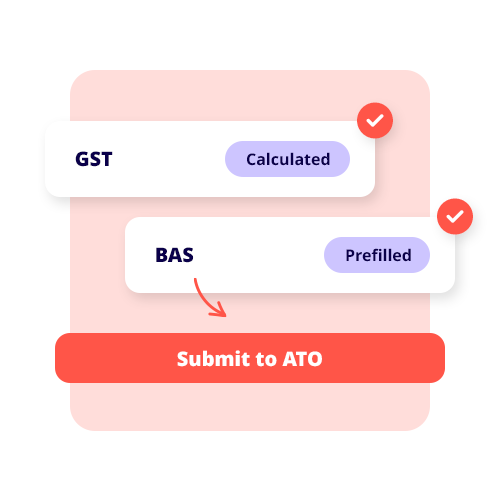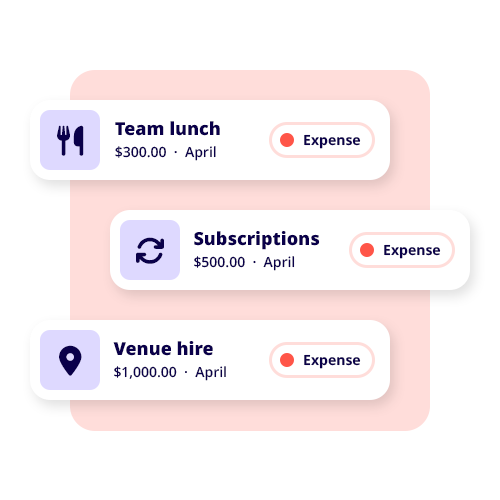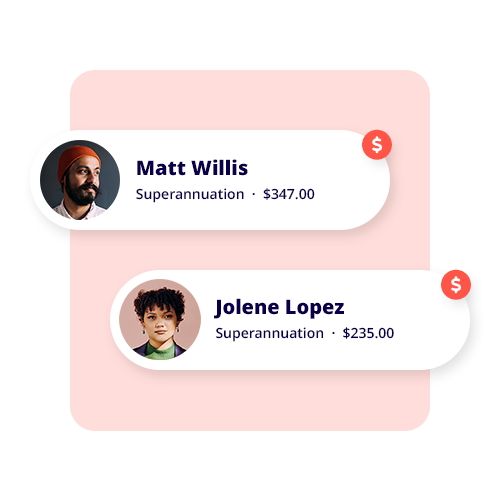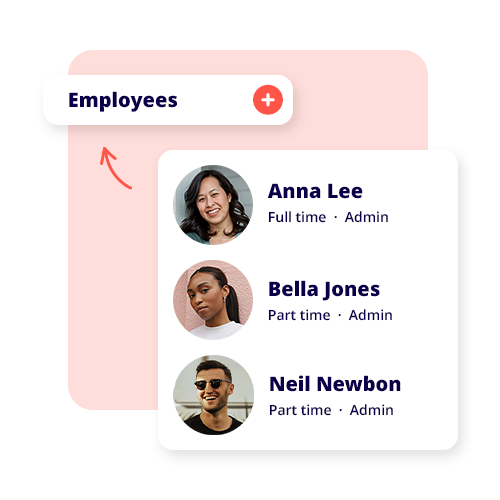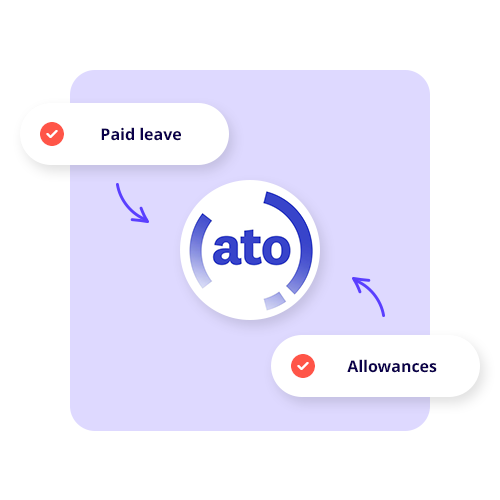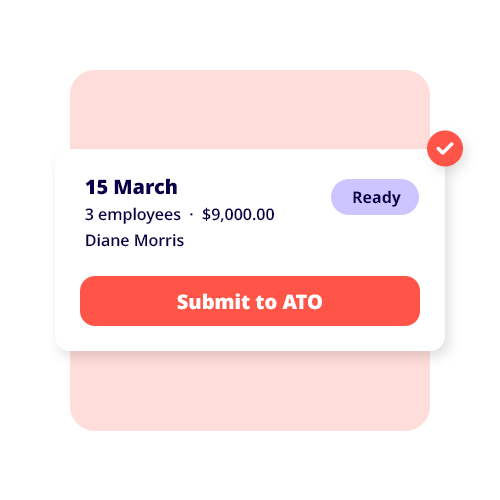Retained earnings are the portion of a company’s net income that’s kept within the business rather than distributed as dividends to shareholders. As they are earnings, they accumulate over time and can be used to fund everything from future operations to investments in growth opportunities, or to strengthen the company’s financial position.
How to calculate retained earnings
You can calculate them by using a simple retained earnings formula:
Retained earnings = Beginning balance + Net income (or – Net loss) – Dividends paid
Calculating retained earnings can help your business figure out its retained earnings balance at the end of each accounting period, whether that’s quarterly or annually. The retained earnings beginning balance is carried over from the year (or quarter) prior and is adjusted based on the company’s financial performance.
Retained earnings and financial statements
Retained earnings should be listed on the company’s balance sheet under shareholders’ equity. They should also be referenced in the retained earnings statement, which gives a breakdown of how retained earnings have changed over a specific period of time.
While retained earnings aren’t recorded on the income statement, they are influenced by net income. A business with positive retained earnings, for example, has generated profits, whereas negative retained earnings (or an accumulated deficit) are a marker of financial struggles — this could be due to ongoing net losses or unnecessarily large dividend payouts.
How retained earnings play into a company’s financial health
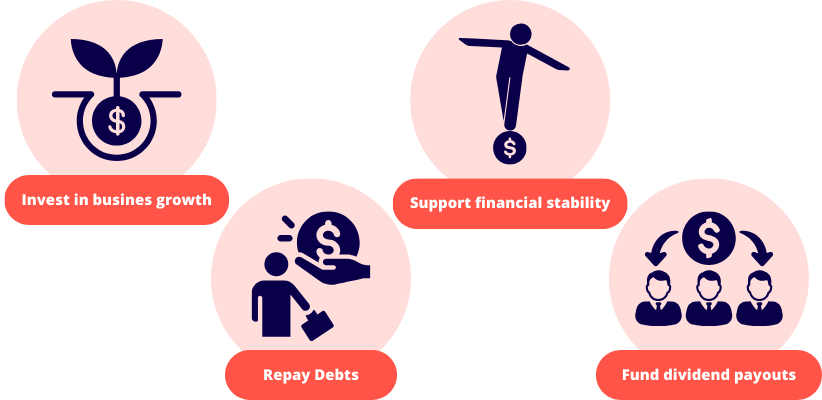
Your company’s retained earnings figure has a huge role to play in its overall financial health and stability for the future. Business decision-makers can use retained earnings to:
- Invest in business growth: Using retained earnings for capital expenditures like buying new equipment, expanding operations, or funding research and development.
- Support financial stability: Can act as something of a financial ‘cushion’ during downturns or when facing unexpected expenses. In other words, it can lessen your reliance on external funding.
- Repay debts: Businesses sometimes allocate retained earnings towards their debt repayments, which can improve cash flow and reduce interest.
- Fund dividend payouts: While retained earnings are usually reinvested, some businesses might choose to pay dividends to their shareholders if there is a sufficient earnings surplus.
Retained earnings vs dividends
Companies will need to decide whether to use their retained earnings for reinvestment or distribute them as cash dividends or stock dividends. Paying dividends will obviously reduce retained earnings while holding onto those earnings will mean the company can finance growth internally.
Businesses planning to expand in the near future will often reinvest retained earnings, whereas mature companies regularly prioritise paying dividends to their shareholders.
Interpreting retained earnings on the balance sheet
A growing retained earnings balance shows there is strong financial performance and profitability within the company. Excessive retained earnings without reinvestment might suggest some level of stagnation, while a consistently negative retained earnings balance could be a warning light for financial distress.
Retained earnings in terms of business owners and investors
- Business owners: Retained earnings reflect the company’s ability to fund its own operations and growth without relying on financing from outside.
- Investors: Investors will look at retained earnings as a sign of financial stability and growth potential. If the company has consistent positive retained earnings, it’s more attractive than one with a build-up of deficits.
- Creditors: Lenders will consider retained earnings when assessing a company’s creditworthiness. Just like with investors, strong retained earnings suggest there is financial security with the company and therefore fewer lending risks.
Ultimately, while retained earnings give you some flexibility in your decision-making, they must be managed smartly in order to balance reinvestment, shareholder expectations and your long-term sustainability.
See related terms
What is profit?
What is net profit?
What is gross profit?














